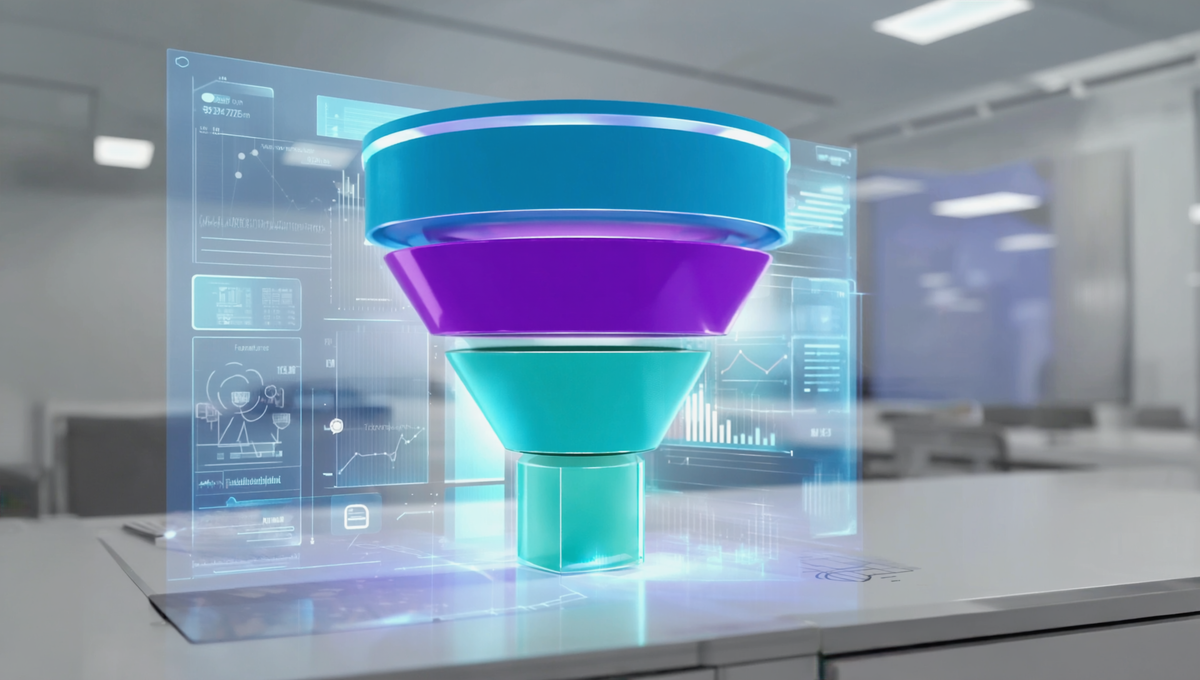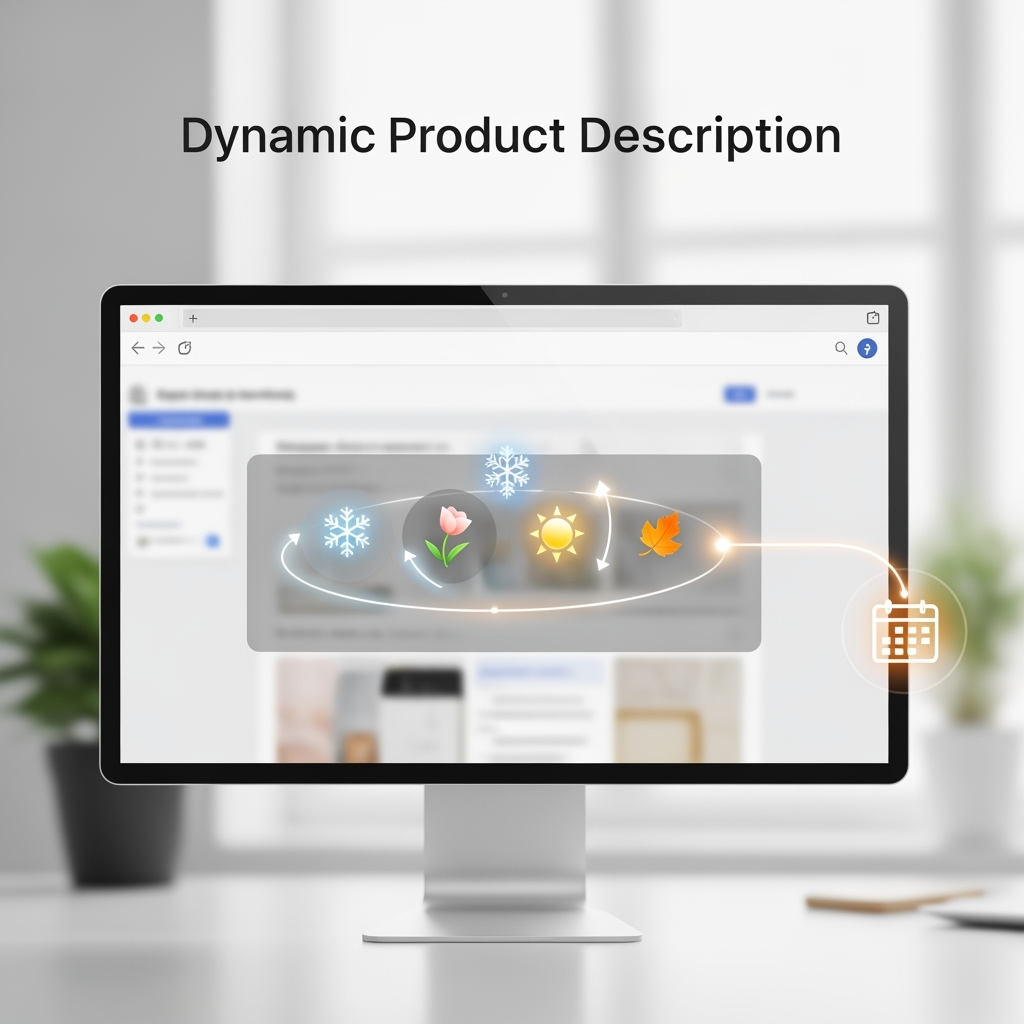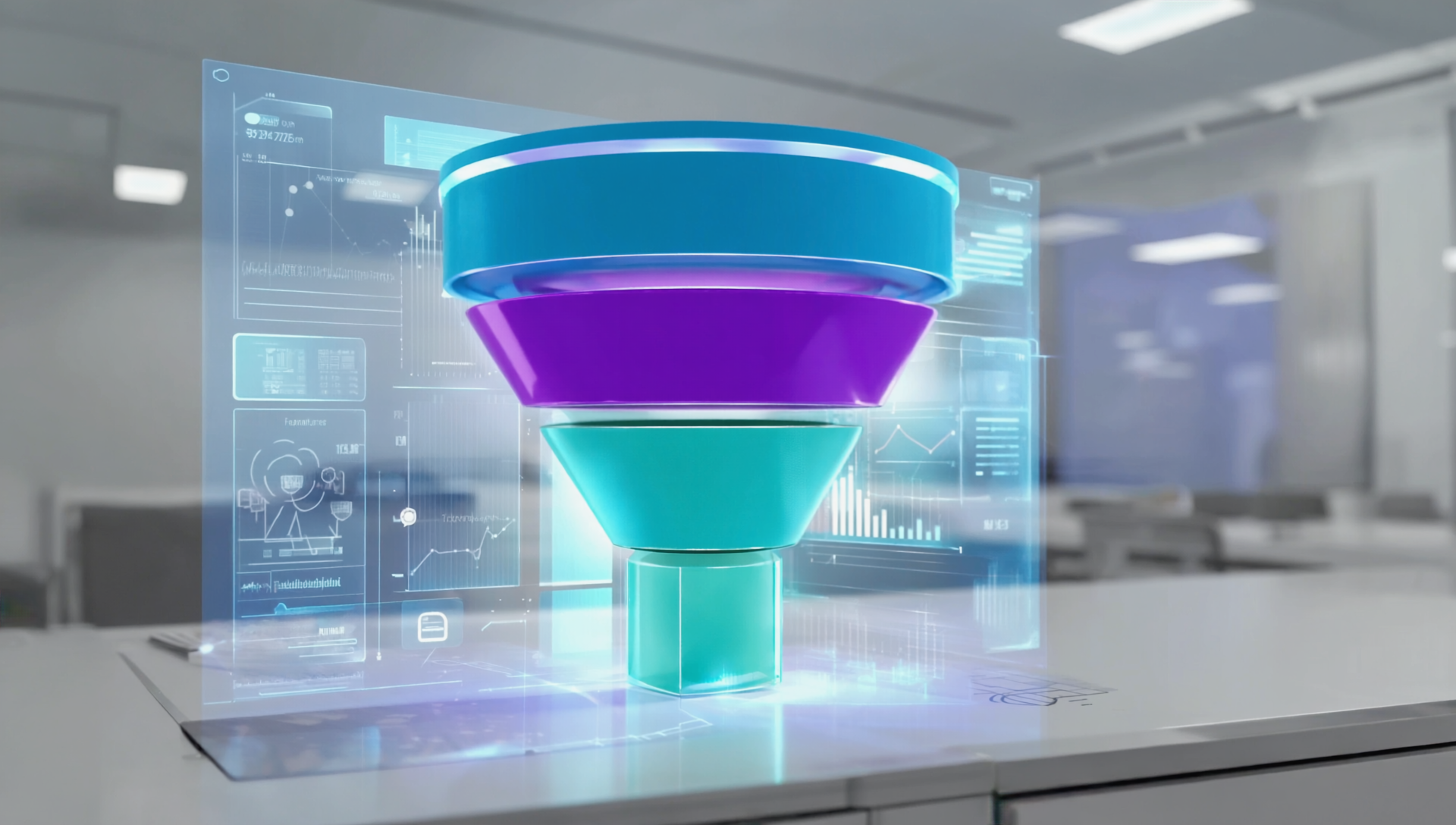CONVERSION ANALYSIS: How to increase sales with data
Introduction to Conversion Analysis
In the world of e-commerce and online marketing, the sheer number of visitors to your site has limited value. The key to success is converting those visits into tangible actions – purchases, newsletter sign-ups, downloads, or quote requests. That’s exactly what conversion analysis does.
In this article, we’ll discuss a comprehensive approach to conversion analytics that will help you identify problems, discover optimization opportunities, and significantly increase the effectiveness of your marketing efforts.
What exactly is conversion?
A conversion is the moment when a visitor to your site takes a desired action, fulfilling one of your business goals. A conversion can be:
- Product purchase
- Filling out the contact form
- Newsletter subscription
- Downloading material (e.g. e-book, catalog)
- Sign up for a webinar or consultation
- Obtaining a sales lead
Key Metrics in Conversion Analysis
To effectively analyze and optimize conversions, you need to track the right metrics. Here are the most important ones:
Conversion Rate (CR)
The most important metric in conversion analysis, determining the ratio of the number of conversions to the number of all visitors.
Example: If your website has 10,000 monthly visitors and 300 of them make a purchase, your conversion rate is 3%.
Customer Acquisition Cost (CAC)
Determines how much it costs you to acquire one customer through marketing activities.
Example: If you spent PLN 10,000 on marketing and acquired 250 new customers, your CAC is PLN 40.
Customer Lifetime Value (CLV)
The expected total value a customer will bring to your company over the course of the business relationship.
Example: If a customer spends an average of PLN 200, buys 3 times a year and remains a customer for 2 years, their CLV is PLN 1,200.
Cart Abandonment Rate
The percentage of users who added products to their cart but did not complete the purchase.
Example: If 500 users added products to their cart and only 150 made a purchase, your cart abandonment rate is 70%.
Return on Investment (ROI)
Measures the effectiveness of marketing expenses in relation to the revenue generated.
Example: If you spent PLN 5,000 on a campaign that generated PLN 15,000 in revenue, your ROI is 200%.
Conversion Analysis Tools
Effective conversion analysis requires the right tools. Here are the key solutions that will help you monitor and optimize conversions:
Google Analytics 4
It allows you to track traffic, user behavior, and conversions. GA4 offers advanced event tracking and machine learning to help you better understand the customer journey.
Hotjar
It lets you create heat maps, session recordings, and feedback forms so you can see how people actually use your site.
Google Optimize
An A/B testing tool that lets you experiment with different versions of your pages and measure their impact on conversions.
Mouseflow
Records user behavior, showing where they click, how they scroll, and how long they dwell on particular page elements.
Conversion analysis and optimization process
Effective conversion analysis is a process that involves several key steps. Below is a 6-step methodology that will help you systematically improve your site's conversion rate:
Set your conversion goals
Start by clearly defining exactly what you want to achieve. Goals should be specific, measurable, and relevant to the business. They can include:
- Increase sales by a certain percentage
- Reduction of abandoned cart rate
- Increase in average order value
- Acquiring a certain number of leads
Collect and analyze data
Use analytical tools to collect data on:
- Current conversion rate
- User behavior on the site
- Popular navigation paths
- Places where users leave the page
- Efficiency of individual traffic sources
Identify problems and opportunities
Based on the data, identify areas for improvement:
- Pages with high bounce rates
- Complicated purchasing processes
- Problems with forms
- Unclear Calls to Action (CTA)
- Slow loading pages
Create hypotheses and a test plan
Develop specific hypotheses about what might improve conversions, such as:
- "Changing the color of the CTA button from blue to orange will increase clicks"
- "Simplifying the form from 8 to 4 fields will increase the number of forms submitted"
- "Adding customer reviews under products will increase trust and conversion"
Rank your hypotheses according to potential impact and ease of implementation.
Run tests
Implement changes and test their effects:
- Use A/B testing to compare different versions
- Test only one variable at a time to be sure what works
- Collect enough data before drawing conclusions (usually at least 2 weeks)
- Pay attention to different user segments (devices, traffic sources)
Implement, monitor and iterate
The conversion optimization process never ends:
- Implement the changes that brought the best results
- Continuously monitor key metrics
- Repeat the entire process regularly, looking for new areas to optimize
- Remember that even small changes can bring significant results in the long run
7 Most Common Reasons for Low Conversion
Identifying problems is the first step to improvement. Here are the most common causes of low conversions that we have identified based on the analysis of over 200 online stores:
Case Study: How Conversion Analytics Increased Sales by 175%
One of our clients, a home improvement store, was struggling with a low conversion rate of 1.2% despite good quality traffic to the site.
After conducting a comprehensive conversion analysis, we identified the following issues:
- Complicated purchasing process - 7 steps to finalizing your order
- Slow page loading - average loading time was 5.2 seconds
- Poor product descriptions - technical, no benefit to the customer
- Hidden shipping costs - visible only in the last step
We have implemented a number of changes:
Before optimization:
- Conversion rate: 1.2%
- Purchasing Process: 7 Steps
- Page load time: 5.2s
- Cart abandonment rate: 78%
- Average order value: PLN 320
After 3 months of optimization:
- Conversion rate: 3.3% (+175%)
- Purchasing process: 3 steps
- Page load time: 1.8s
- Cart abandonment rate: 52%
- Average order value: PLN 410 (+28%)
Key changes implemented:
- Simplifying the purchasing process from 7 to 3 steps
- Page Speed Optimization (Image Compression, CDN, CSS/JS Minification)
- Rewriting product descriptions with an emphasis on benefits and applications
- Clear information about shipping costs on the product page
- Adding trusted customer reviews
- Introduction of related product recommendations
Total revenue growth exceeded 220% (including growth in conversions and average order value).
10 Quick Ways to Improve Your Conversions
Here are some actions you can implement quickly and that often produce immediate results:
- Improve CTA buttons - use contrasting colors, clear messages (e.g. "Add to cart" instead of "Send")
- Add trustworthiness elements - security certificates, customer reviews, money back guarantee
- Simplify forms - remove unnecessary fields, introduce auto-complete
- Introduce free shipping - or at least clearly communicate shipping costs in advance
- Optimize your website for mobile devices - ensure full responsiveness and ease of navigation
- Improve the quality of product photos - add photos from different perspectives, zoom function
- Introduce live chat - to answer customer questions immediately
- Implement remarketing - for people who abandoned their cart
- Add a site with a promotion ending soon - use FOMO (Fear of Missing Out)
- Introduce cross-selling and up-selling - show complementary products and improved versions
Summary: Conversion analysis is an ongoing process
Conversion analysis and optimization is not a one-time action, but a continuous process of improving your site and increasing its effectiveness. The key to success is:
- Systematic collection and analysis of data
- Testing hypotheses based on this data
- Implementing changes in a controlled manner
- Continuous performance monitoring and iteration
Remember that even a small increase in conversion rate can bring a significant increase in revenue. For example, for a store with 10,000 monthly users and an average order of PLN 300, increasing conversion from 2% to 3% means an additional PLN 30,000 in revenue per month!
Want to increase conversions on your website?
Our specialists will conduct a comprehensive analysis of your site and propose specific actions that will increase your conversion rate. With our support, your site will become a real sales machine.
ORDER A FREE CONVERSION ANALYSIS



